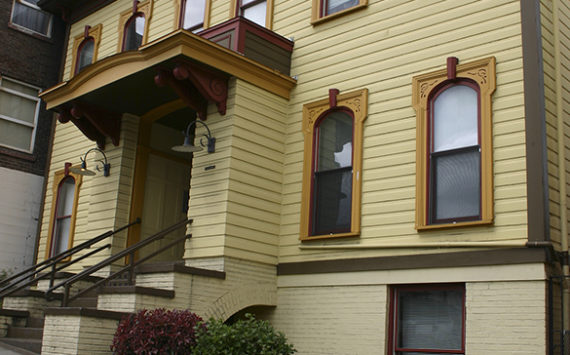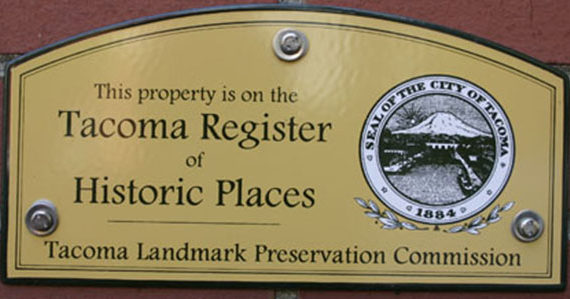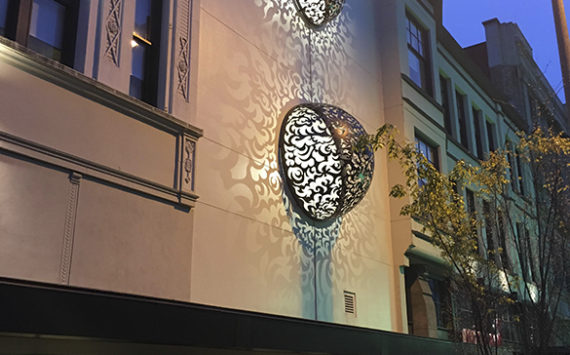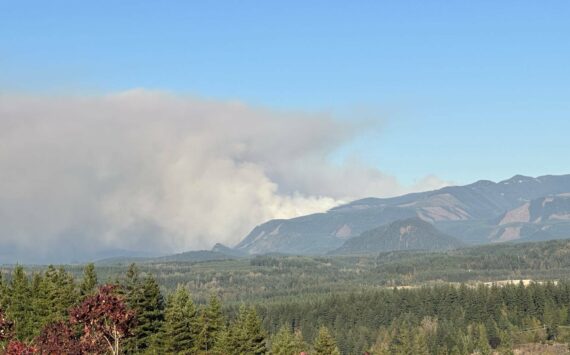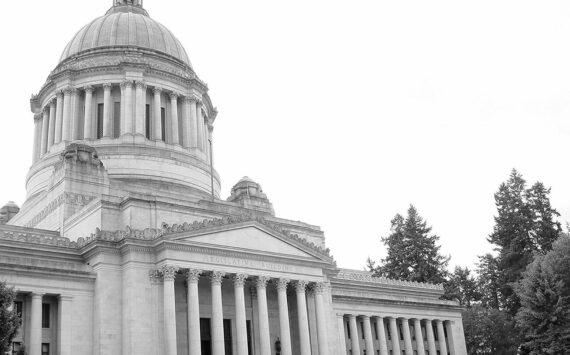The Washington State Department of Archaeology and Historic Preservation (DAHP) is leading an effort to create the nation’s first maritime heritage area here in the Puget Sound region.
If approved, it would be a new way for maritime groups to brand and market themselves, according to Washington State Historic Preservation Officer Dr. Allyson Brooks. It would also provide another source of funding for a group of organizations that typically relies on donations, sponsorships, and grants.
Brooks has been busy presenting the idea to a range of organizations such as San Juan County, Clallam County Parks and Recreation, Port of Everett, Historic Everett, Island County Historical Society, and the Whidbey Island Chamber of Commerce. She was in Tacoma last week to pitch the idea to Tacoma City Council’s Neighborhoods and Housing Committee.
“Washington State’s maritime history would make this a slam-dunk,” said Brooks. She pointed specifically to Tacoma’s annual Tall Ships Festival as a complement to the maritime heritage area. She also said Western Washington has a long connection to water (from the canoes of early years to the Washington State Ferry System). “Thematically, water has been our story, and it’s an amazing story,” she added.
The proposed heritage area would include Washington’s saltwater coast north of Pacific County, including the Pacific Ocean, Strait of Juan de Fuca, and Puget Sound coasts, as well as the Ship Canal, Salmon Bay, and Lake Union in Seattle. The boundaries would also extend a quarter-mile inland of the shoreline to include locally nominated sites.
The National Heritage Area Program began in the 1980s. There are currently 49 heritage areas and most are located in the eastern United States. None is devoted to solely maritime history. The program has become more popular in recent years; nine of the 49 heritage areas received designation this year. One of the biggest incentives to seek designation is the ability to tap Federal pass-through grants.
“So far I’ve had good support from the various jurisdictions,” said Brooks. “The big issue, however, is management and financial support.”
Although the designation is made by Congress, Congress would provide some funding (appropriations could range from $100,000 to $900,000), and the National Park Service would provide technical support, the program would be managed locally. One idea calls for the Washington Trust for Historic Preservation to take over management of the program. Brooks argues the Trust would be a neutral party among maritime organizations.
“That’s a promising idea,” said Tom Cashman, Executive Director of the Working Waterfront Museum in Tacoma. “I think it really enhances the potential that no one individual project gets an unfair advantage over another.”
Cashman is familiar with the plan to obtain the special designation and fully supports it. He said it would help raise awareness of Washington State’s maritime history and the organizations that promote that history through museums and activities.
“We totally applaud the effort,” said Cashman. “Maritime activity is such a vital part of this region’s heritage, yet it hasn’t been spoken for. This kind of effort is great.”
Brooks and the DAHP have formed a steering committee to conduct a feasibility study. They are collecting information that demonstrates the quality of Washington’s maritime resources (historic vessels, lighthouses, locks, waterfront communities, museums and interpretive centers, and public places with great maritime stories), a widespread support for the idea, and an ability to effectively manage the program with sustainable financial support (the area would be funded by a mix of donations and state / federal funding).
The feasibility study is expected to conclude in November. At that point, an application will be submitted to National Park Service. If approved, a request for designation would be made to Congress.


Todd Matthews is editor of the Tacoma Daily Index and recipient of an award for Outstanding Achievement in Media from the Washington State Department of Archaeology and Historic Preservation for his work covering historic preservation in Tacoma and Pierce County. He has earned four awards from the Society of Professional Journalists, including third-place honors for his feature article about the University of Washington’s Innocence Project; first-place honors for his feature article about Seattle’s bike messengers; third-place honors for his feature interview with Prison Legal News founder Paul Wright; and second-place honors for his feature article about whistle-blowers in Washington State. His work has also appeared in All About Jazz, City Arts Tacoma, Earshot Jazz, Homeland Security Today, Jazz Steps, Journal of the San Juans, Lynnwood-Mountlake Terrace Enterprise, Prison Legal News, Rain Taxi, Real Change, Seattle Business Monthly, Seattle magazine, Tablet, Washington CEO, Washington Law & Politics, and Washington Free Press. He is a graduate of the University of Washington and holds a bachelor’s degree in communications. His journalism is collected online at wahmee.com.
!["[It's] a promising idea," says Tom Cashman, Executive Director of the Working Waterfront Museum in Tacoma, of an idea to create the nation's first maritime heritage area in the Puget Sound. "We totally applaud the effort. Maritime activity is such a vital part of this region's heritage, yet it hasn't been spoken for. This kind of effort is great." (FILE PHOTO BY TODD MATTHEWS)](https://www.tacomadailyindex.com/wp-content/uploads/2009/08/081009_tom_cashman_web.jpg)
